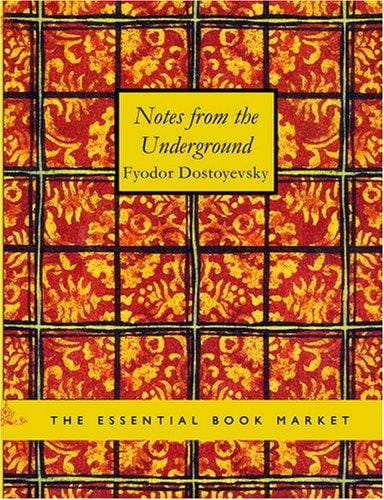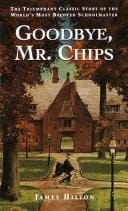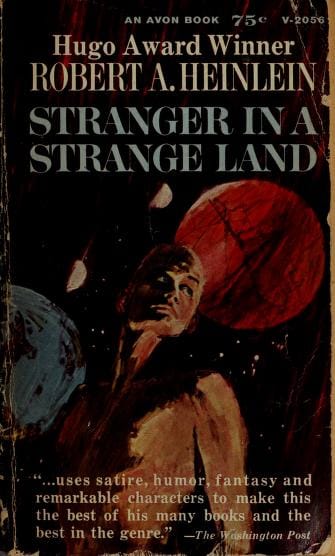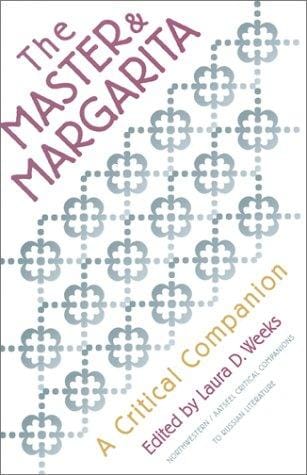Anna Karenina: Timeless Tragedy, Themes and Legacy
Comprehensive 800-word guide to Tolstoy's Anna Karenina, covering plot, themes, characters, context, adaptations, and modern relevance.
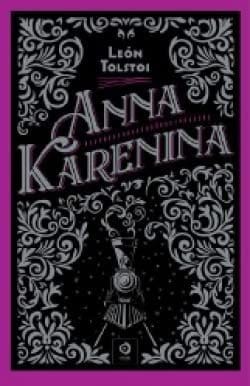
Introduction
Anna Karenina, first serialized between 1875 and 1877, is widely regarded as one of the pinnacles of realist fiction. Leo Tolstoy’s sweeping portrait of love, betrayal, faith, and society has captivated generations of readers and influenced writers across the globe. While the novel’s opening line about happy and unhappy families is quoted endlessly, the richness of the narrative extends far beyond aphorism. In nearly a thousand pages Tolstoy juxtaposes the doomed affair of Anna and Vronsky with the spiritual quest of Levin, creating a panoramic study of nineteenth-century Russia that still resonates today.
Plot Summary
Set against the backdrop of Imperial Russia, Anna Karenina opens with the marital crisis of Stiva Oblonsky, whose infidelity foreshadows the larger drama to come. Summoned from St. Petersburg to Moscow to save her brother’s marriage, Anna meets the dashing cavalry officer Count Alexei Vronsky. Their brief encounter electrifies both of them and sets in motion a passionate liaison that defies social convention and ultimately scandalizes the aristocracy.
Parallel to Anna’s story runs that of Konstantin Levin, a landowning noble who grapples with agricultural reform, class inequity, and his own search for meaning. His courtship of the gentle Kitty Shcherbatsky, Vronsky’s initial love interest, offers a counterpoint of genuine partnership to Anna’s destructive romance. The novel culminates in a convergence of these plotlines: Anna, ostracized and tormented by jealousy, throws herself under a train, while Levin attains a moment of spiritual clarity that suggests redemption is possible through honest labor and authentic human connection.
Themes and Motifs
Love versus duty lies at the heart of Anna Karenina. Tolstoy contrasts heedless passion with responsible commitment, demonstrating how choices grounded only in desire can collide disastrously with social obligations. The novel also interrogates the institution of marriage, portraying it as both a refuge and a prison depending on the moral fiber of the partners involved.
Equally significant is Tolstoy’s exploration of faith and existential purpose. Through Levin’s philosophical reflections, the narrative examines humanity’s struggle to reconcile rationalism with spirituality. The tension between city and countryside, another recurring motif, mirrors Russia’s own conflict between modernity and tradition, highlighting the socio-economic forces that shape personal destiny.
Major Characters
Anna Arkadyevna Karenina is a charismatic socialite whose hunger for emotional authenticity leads to her downfall. Count Alexei Kirillovich Vronsky, more earnest than the typical playboy, nevertheless falters under the weight of scandal. Alexei Karenin, Anna’s bureaucratic husband, embodies a rigid moralism that suffocates his capacity for empathy. Konstantin Dmitrievich Levin serves as Tolstoy’s alter ego, wrestling with faith, politics, and the meaning of work. Secondary figures such as Kitty, Stiva, Dolly, and the witty Princess Betsy complete a vivid ensemble that illuminates every stratum of Russian society.
Historical and Social Context
Tolstoy wrote Anna Karenina during a period of rapid change following the emancipation of the serfs in 1861. The resulting economic upheaval, coupled with the rise of liberal ideas and the first stirrings of industrialization, created a milieu of uncertainty that permeates the novel. By embedding philosophical debates about land reform, women’s rights, and the role of the Orthodox Church within his characters’ lives, Tolstoy transforms fiction into a living chronicle of Russian history.
Why Anna Karenina Still Matters
More than a tragic love story, Anna Karenina is a rigorous inquiry into what makes life meaningful. Its psychological depth predates modernist fiction, while its social critique foreshadows contemporary conversations about gender roles and mental health. Readers today can recognize the corrosive effects of gossip, the lure of escapist romance, and the quest for work-life balance in Levin’s agricultural experiments. Every generation finds new lessons in Tolstoy’s insistence that genuine happiness arises from compassion, community, and ethical integrity.
Film and Stage Adaptations
The enduring popularity of Anna Karenina has inspired countless adaptations, from Greta Garbo’s iconic 1935 portrayal to Joe Wright’s stylized 2012 film starring Keira Knightley. Russian directors such as Aleksandr Zarkhi have offered culturally rooted versions, while ballet companies and Broadway musicals have reinterpreted the narrative through movement and song. Each adaptation underscores different facets—romance, social satire, or psychological suspense—attesting to the novel’s multifaceted appeal.
Conclusion
Anna Karenina endures because it captures the eternal conflict between individual desire and collective expectation. Tolstoy neither condemns nor absolves his heroine; instead, he invites readers to examine the societal structures that amplify private anguish. At the same time, Levin’s arc reminds us that fulfillment often lies in modest, purposeful living rather than grand passion. More than a century after its publication, Anna Karenina remains a mirror in which we can observe our own struggles with love, faith, and identity—and perhaps find guidance for navigating them.
